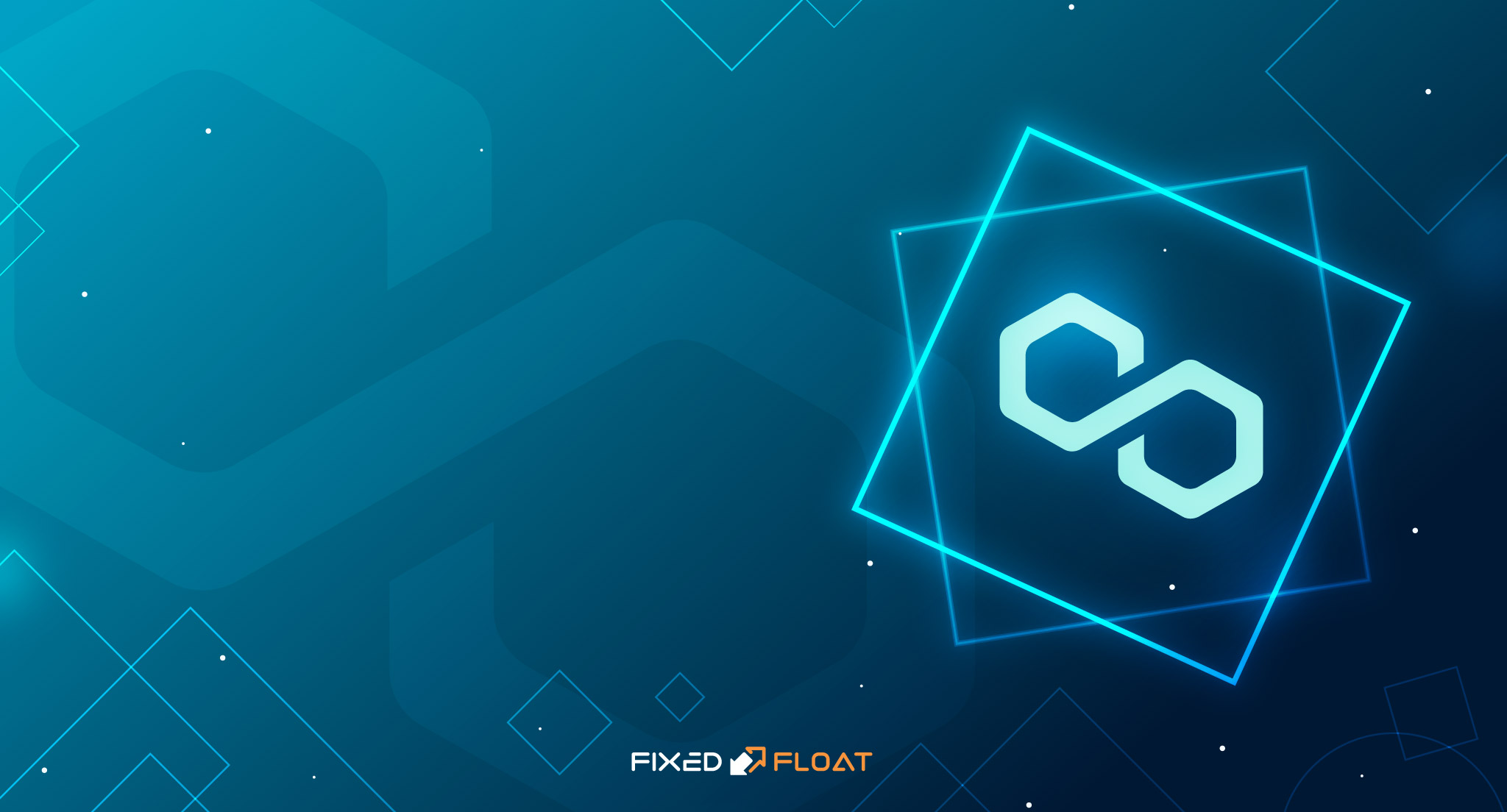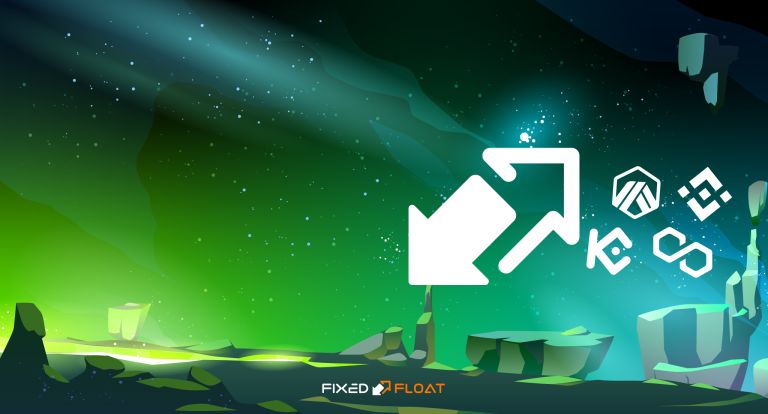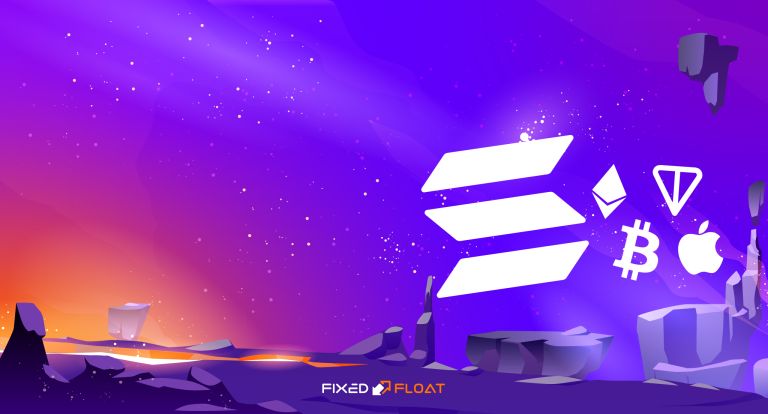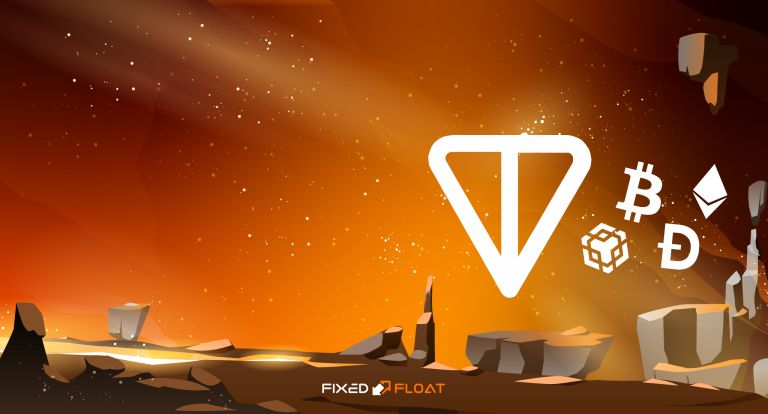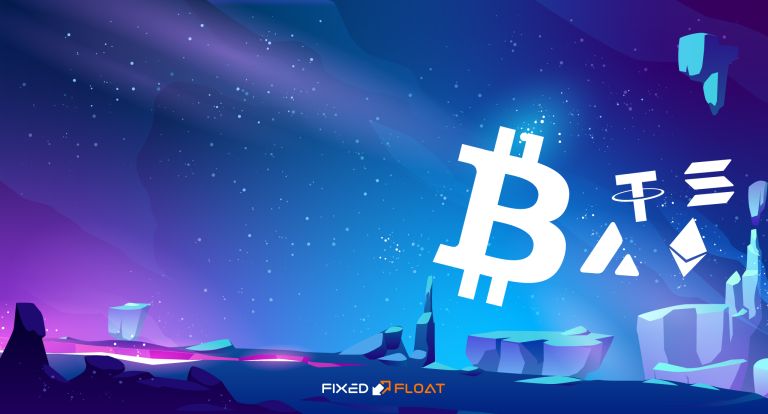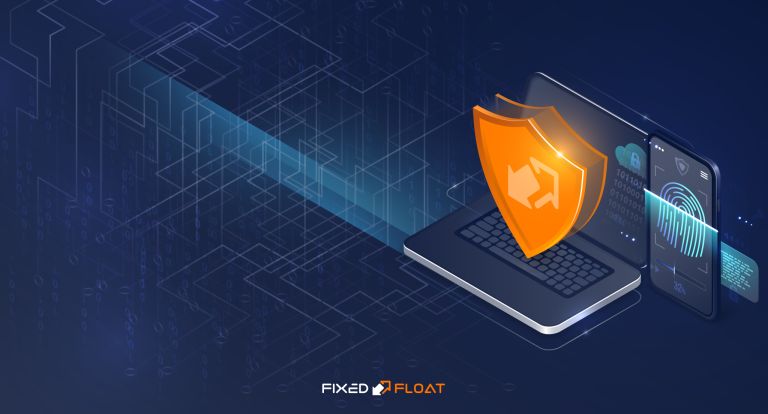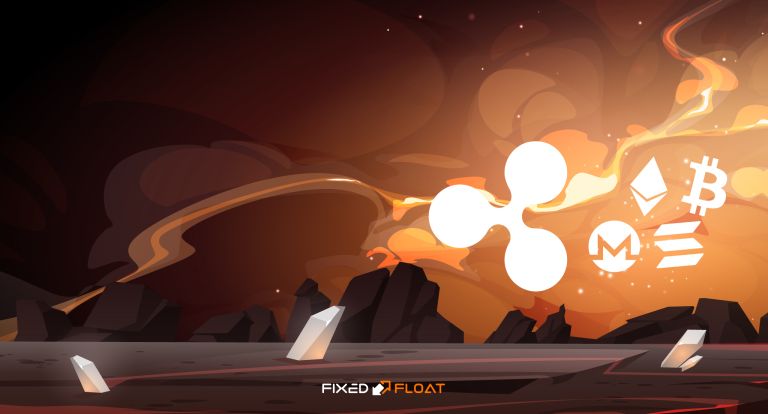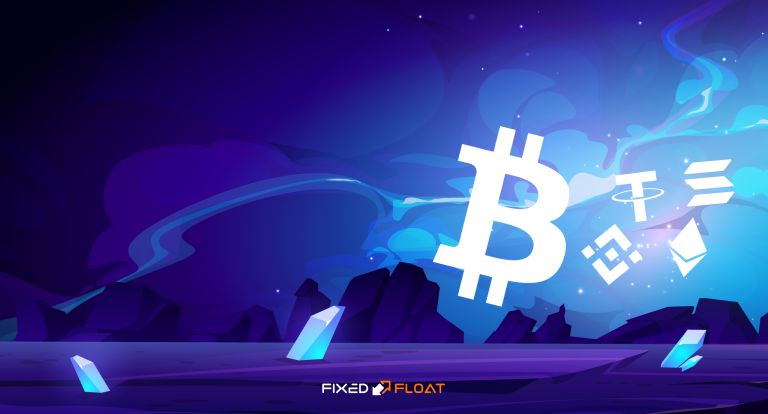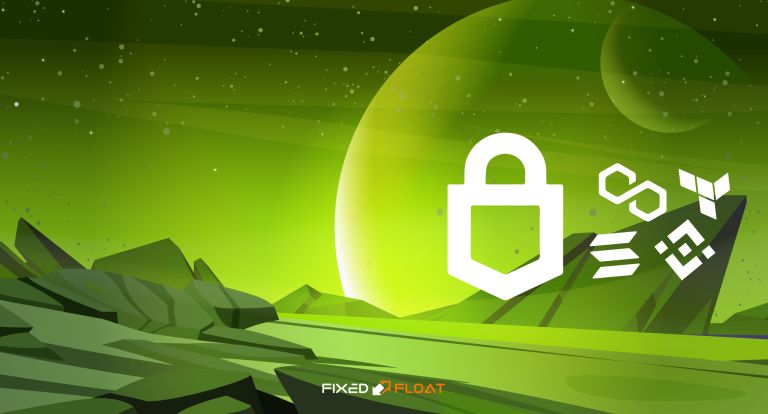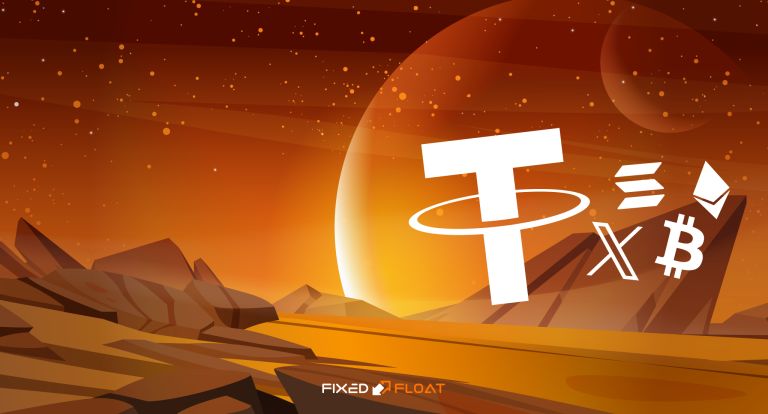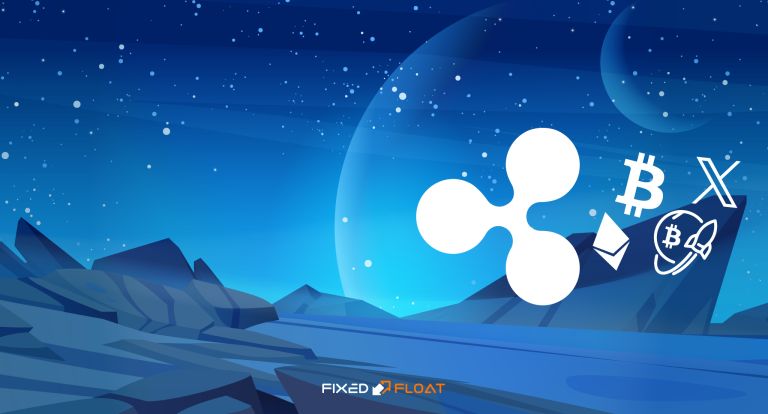A brief history of Polygon
The Matic Network project was created in 2017 to address the scalability issue of Ethereum. The users were offered the second level, which was a kind of add-on over Ethereum. Throughput is increased through the integration of sidechains (parallel chains). Before transactions enter the main Ethereum network, they are first processed by the Matic Network itself, which significantly speeds up their throughput.
In 2019, to raise funds for the development of the project, the Matic ERC20 token was created based on the Ethereum blockchain. A total of 10 billion tokens were issued. Some of the tokens were sold on Binance and Coinbase.
In February 2021, as a result of rebranding, the project was renamed Polygon. In addition to the new name, the platform has new functions. Polygon aims to create a multi-chain blockchain ecosystem compatible with Ethereum. The main tool to achieve this goal is a framework that allows anyone to run their own Ethereum-compatible blockchain. The developers also launched their own Polygon network, which is based on the Ethereum code. You can read more about this blockchain in our article Ethereum. Features and Benefits.
Features of Polygon
- The Polygon network fees are several times lower than the Ethereum network fees. It is calculated according to the same principle as in the Ethereum network. The unit denoting the size of the commission for a certain computational action is GAS. The GAS price is the amount of Matic that the user is willing to spend for each unit of GAS. It is measured in "Gwei".
- The processing speed of transactions in the Polygon network is higher than that of the Ethereum network. The TPS (transactions per second) at the time of this writing, the Polygon network has left 113, which is significantly higher than that of Ethereum — 12. The creators of Matic claim that the TPS is capable of increasing up to 7000.
- The Polygon network operates using the Proof-of-Stake protocol. The network does not have miners, but it does have validators and delegates. Validators put their tokens as collateral and become part of the consensus mechanism. Delegates transfer their coins to the validator and profit from staking.
Disadvantages of Polygon
- Matic has many competitors from other scaling solutions. If the developers cannot fully implement their ideas and provide good marketing, then there is a risk that interest in the project will begin to disappear.
